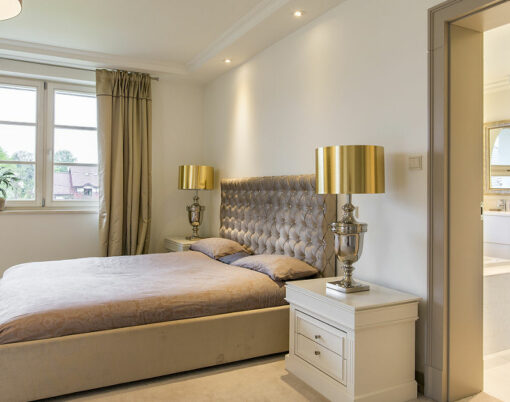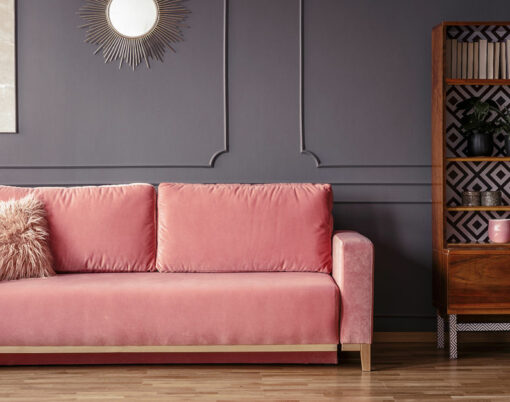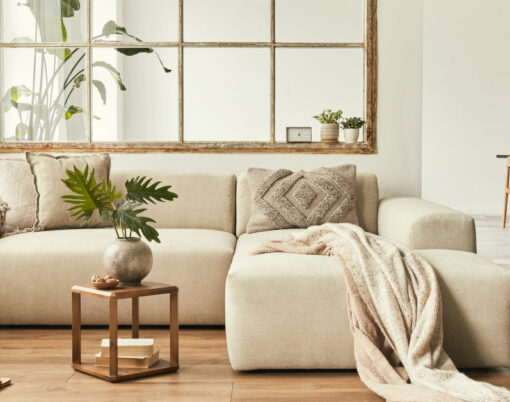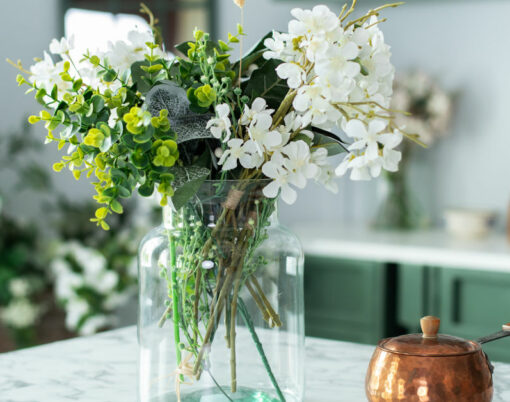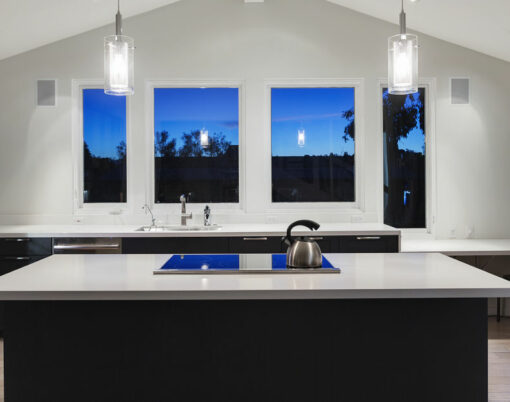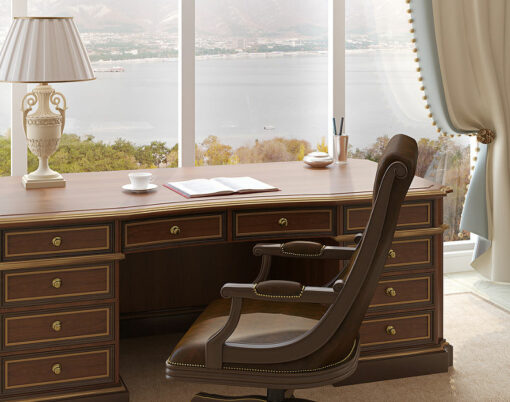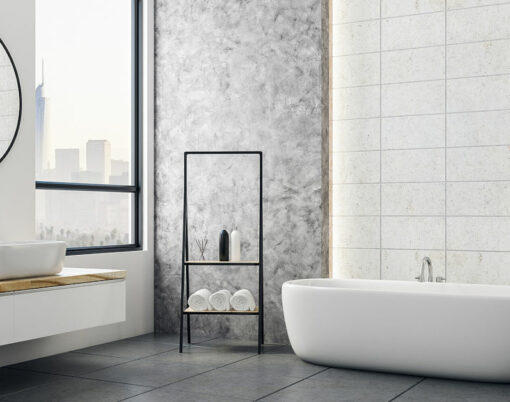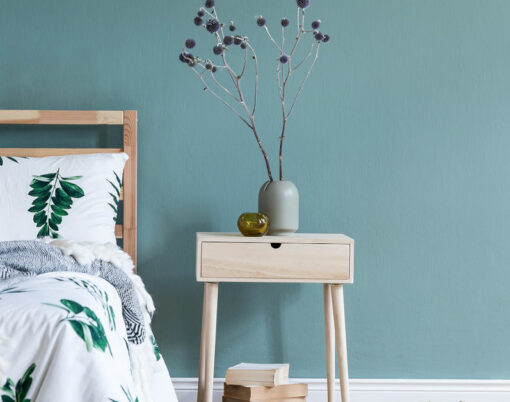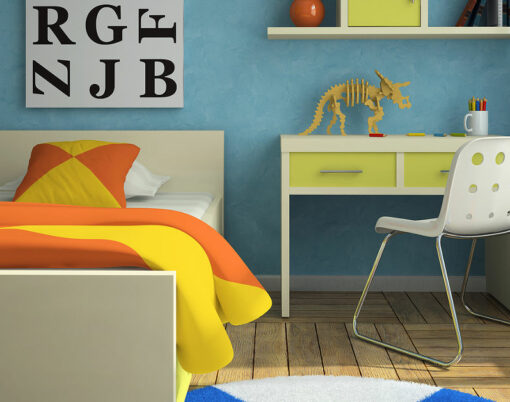Looking for a way to incorporate more character in your home? Adding a statement piece of art is a great way to show off your unique taste, create a conversation with your house guests and bring a new dynamic to the room.
We caught up with Martin Heaps, founder and owner of Collect Art, who shared his top tips on displaying a statement piece in your home.
Space
One of the most important considerations when displaying a statement piece of artwork in your home is to consider the space. You don’t need a large space to create a magnificent display. A space can work from a small corner with a small statement painting or a sculpture on a plinth, but the important thing is that the statement piece needs to look and feel right.
The space all depends on your finished look. A modern minimal look can look remarkable with a large statement painting with a white background, set with that on a sideboard or coffee table a mix of modern sculpture. What I love is a real antique, such as a Chinese or Indian sculpture from 500 years ago. These can be inexpensive, starting from about £200 and are a good investment as the prices will increase over the years.

You can also go for an eclectic look in the space you are working with. This can be created by displaying several items in one setting, which is, currently, a very popular trend. This is formed of say six to eight paintings on one wall and you could choose themed paintings, such as 1950’s portraits or flower paintings. One way to make this look wonderful is to create an upper and lower row of three paintings, making a block of six, and then hang one painting at each end in the middle of the rows to create a symmetrical look. Again, display sculptures and ceramics in the surrounding areas to make the area really stand out.
Lighting
Lighting is very important if you’re looking to display a statement piece properly. If your statement piece is a painting, low wattage, flat LED spotlights are superb. These lights are great as they barely release heat so they won’t damage the artwork. They can also be purchased so they can be angled to create the perfect lighting scenario.
Another idea to create the perfect lighting is to use battery spotlights. These lights can be placed behind the painting and can be switched off overnight.
If you’re starting from scratch and recreating a new room, then I suggest putting a lot of thought into your lighting, as it will certainly create the perfect ambiance for you and your guests. It’s a perfect opportunity to make the room display look that much more professional.

Location
Everything has its own place, but planning a room layout is crucial. For your statement piece to really stand out, think about strategically placing it in a spot where it becomes the focal point of the room. This could be a location that is immediately visible when you walk in the door or it could be a place where the natural flow of your room is directed, such as over the fireplace or in the middle of furniture in a conversational arrangement. Doing so will ensure than an already eye-catching item is prominently noticeable within your décor.
Protection
There is a lot to consider when it comes to caring for and protecting your artwork at home.
When planning your layout, assume it’s a beautiful day with your doors and windows open. If a breeze or sudden summer rain could come in through a near-by window or open patio door and damage your piece, it’s a good idea to brainstorm alternate locations. You will also want to keep artwork out of direct draft from your ventilation system.
It is also important to remember that light damage is irreversible to watercolours and prints. You can use a protective UV glass, but it is still a risk. Curtains and shades will protect your valuables from light damage but we suggest being conscious of how much light the artwork will be getting and if you think it might be too much, then it would be in your best interest to consider better placement.
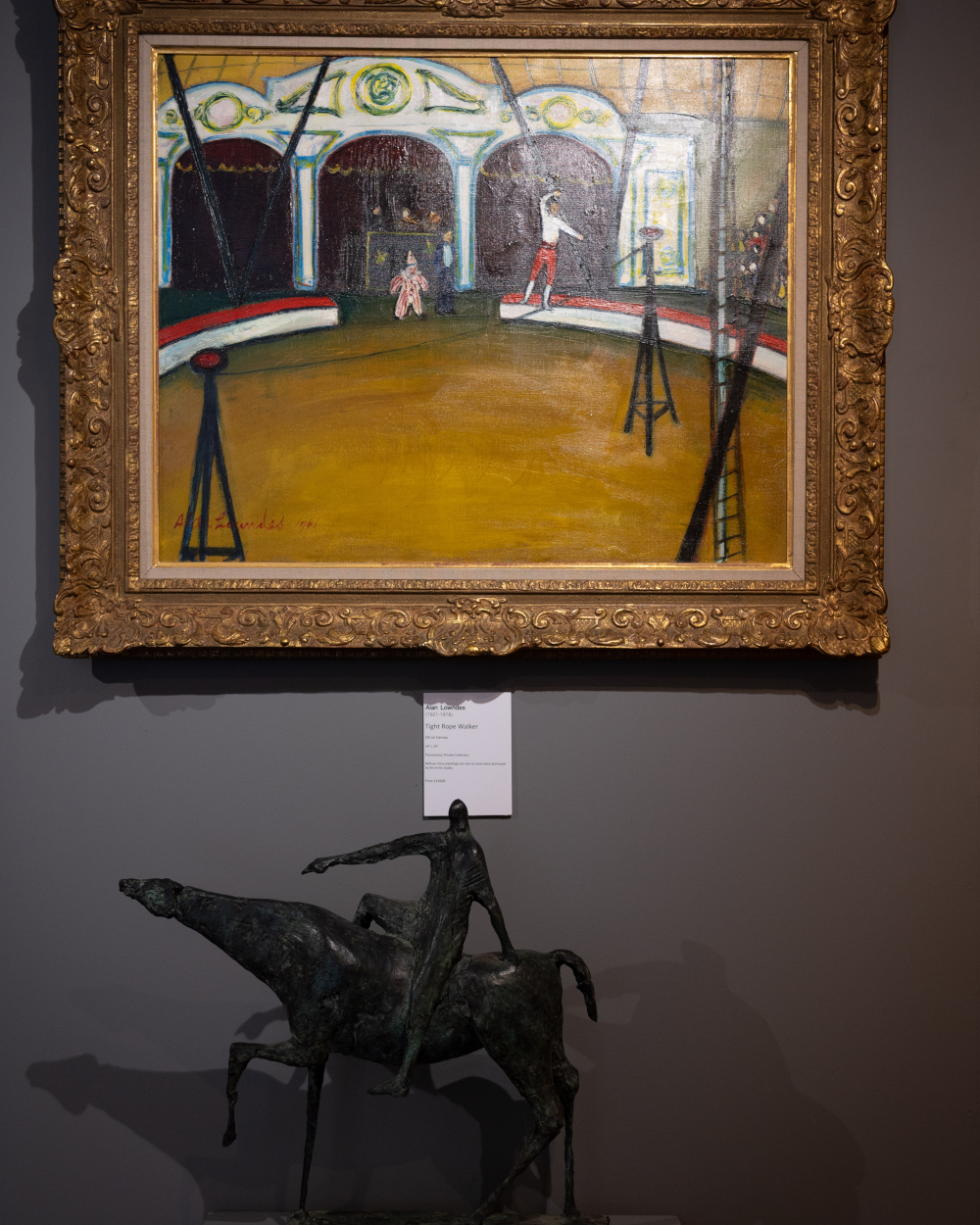
Oil paintings, on the other hand, will never fade, so they can go anywhere, even by a bright sunny window.
If your statement pieces are of high value, then your insurance company will probably ask that two pir (passive infrared) detectors are fitted in that room. This is because as soon as two detectors are triggered then the security company or police will come and visit the premises.
If you want to make a statement, you really need to do just that and not something that is just halfway there. Remember – it’s a statement piece. Thinking outside the box with a statement piece makes a statement all on its own.
For more information about Collect Art, or to speak to Martin about finding that special statement piece for your home, visit collectart.co.uk or call 01925 759 988.













